Events
Events
The 4th Witch
HARRY POTTER AND THE CURSED CHILD
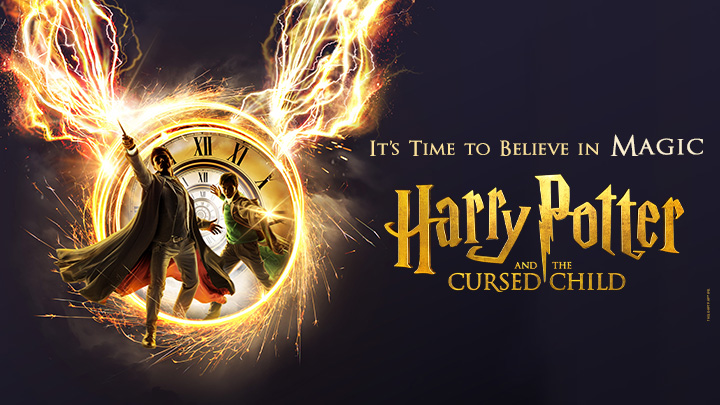
Spanish for Lunch!… Viernes: Online

Boston Ballet School’s Open Studio Week

Portuguese Classes in Boston (in-person and online courses)

Affordable Spanish Classes in Boston (in-person and online courses) | BASE

Spanish for Lunch!… Viernes: Online

Little Groove Kids Music Class

PITCH AND POSE

Spanish for Lunch!… Viernes: Online

Kids Balloon Magic Show

An Evening with Sutton Foster
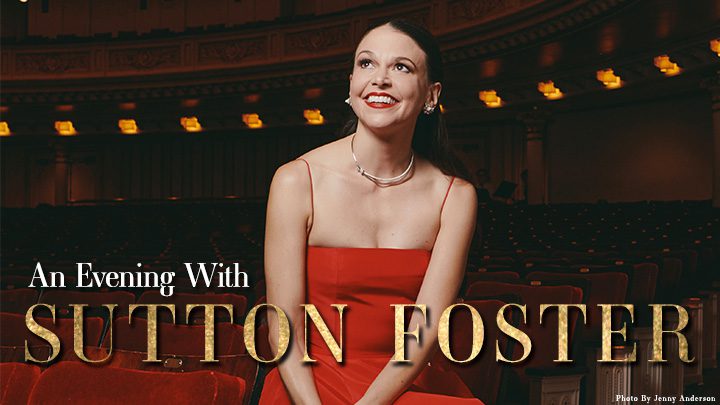
Noli Timere
Samay Raina
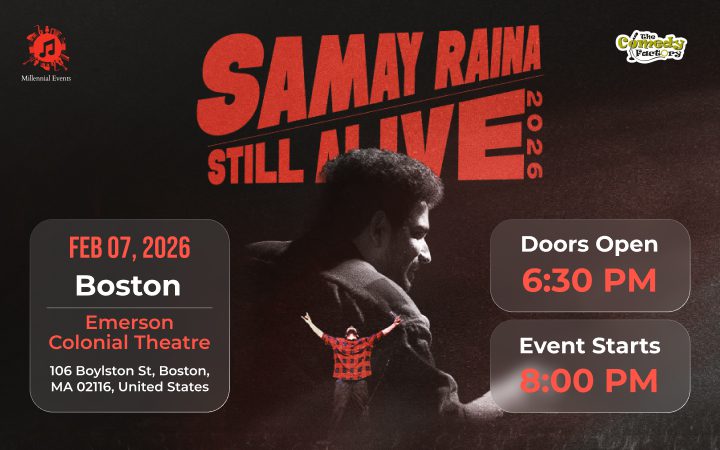
The Hellenic Music Ensemble

Hellenic Music Ensemble
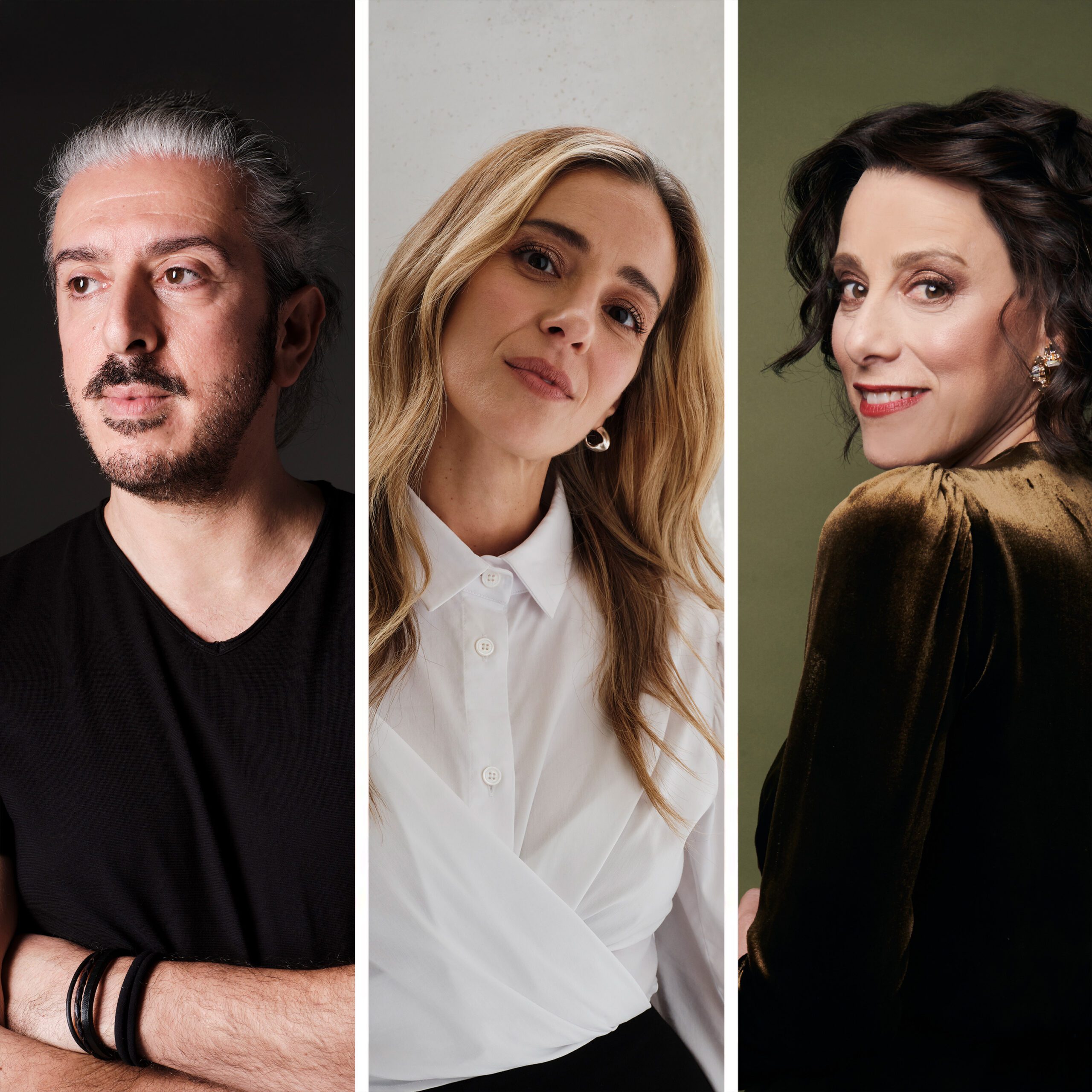
Little Groove Kids Music Class

An Evening with Fran Lebowitz
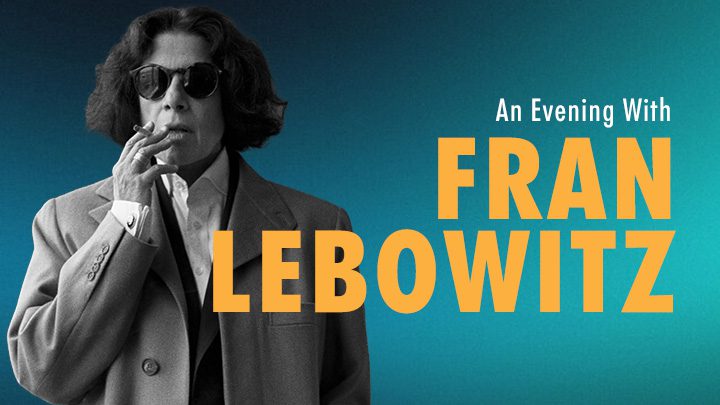
The Things Around Us
Hadestown
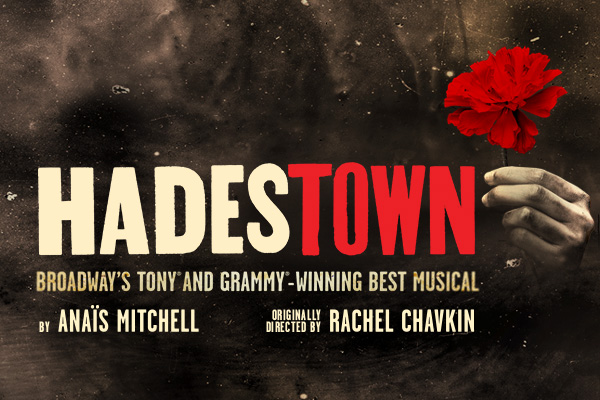
Kids Balloon Magic Show

Kids Balloon Magic Show
The Phil Collins Story
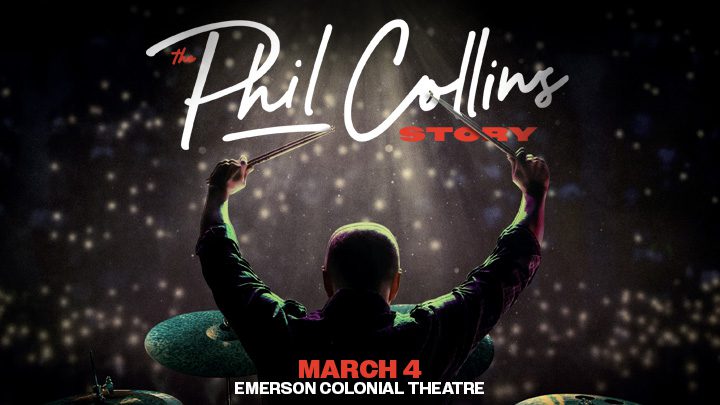
The Music of Queen
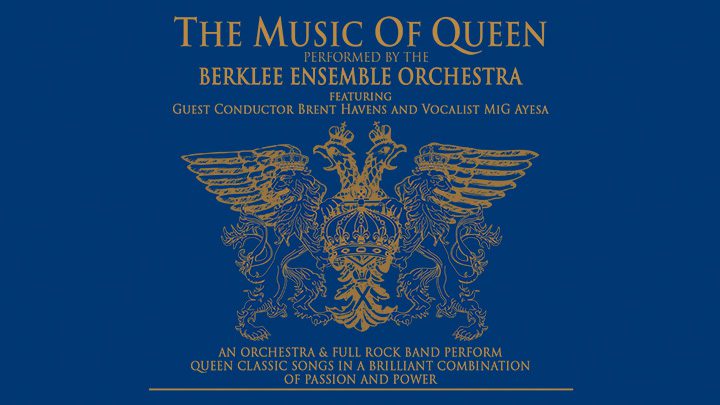
The Cat in the Hat

Stereophonic
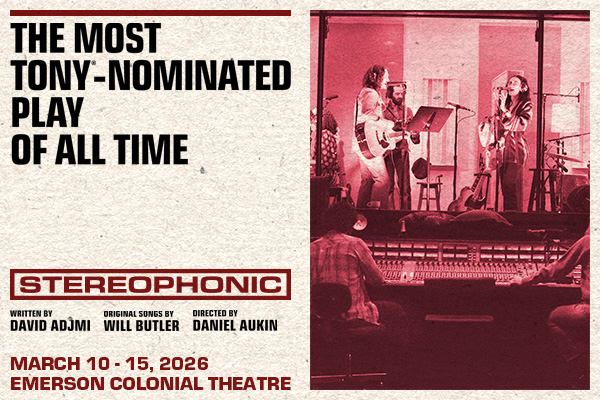
In Old Age
The Simon and Garfunkel Story

Dog Man: The Musical
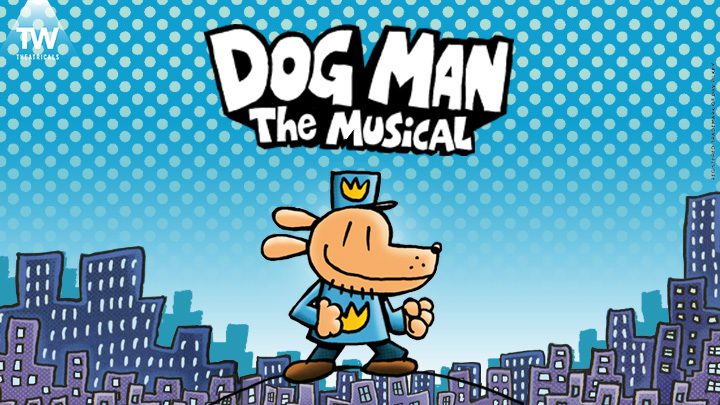
The Secret Sharer
Luca Sulic: Life Tour

Add Your Heading Text Here
Downtown Boston welcomes thousands of events every year! Public art, musical performances, marquee attractions, and block parties are only a few of the ways in which you can expect to enjoy the vibrant neighborhood. There is always plenty to explore, so check out the event calendar and find your next adventure!
Plan Your Visit
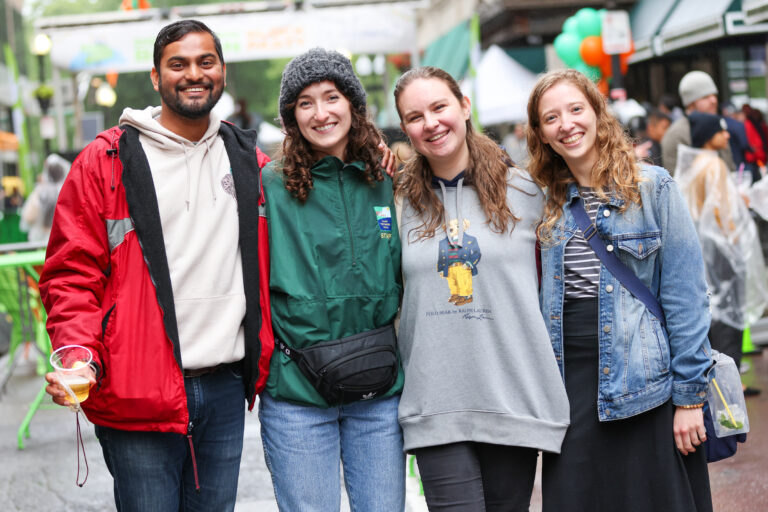
Downtown Boston is easy to get to, with connections to all major MBTA lines, a network of bike lines, ample parking garages, and flat walkable streets. Then, once you arrive, stay at one of 7 beautiful and welcoming hotels.
Live here
IN THE HEART OF IT ALL
From high-rise apartments with unreal views to renovated lofts and student dorms, Downtown Boston has a spot for everyone. There’s nowhere more lively and convenient to call home than right in the heart of the city.
Work Here
DO BUSINESS
In downtown, finding a spot to work is a non-issue. For remote workers craving a change of scenery, there are plenty of cafés and co-working spaces. If you prefer spending days in the office, it’s a convenient and easy commute to top companies.



